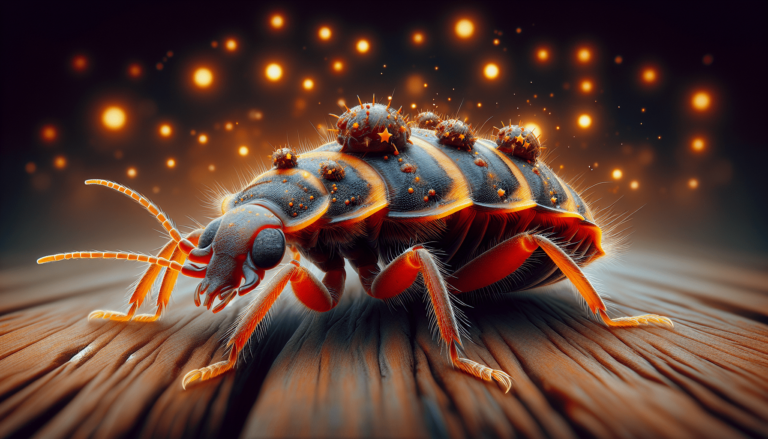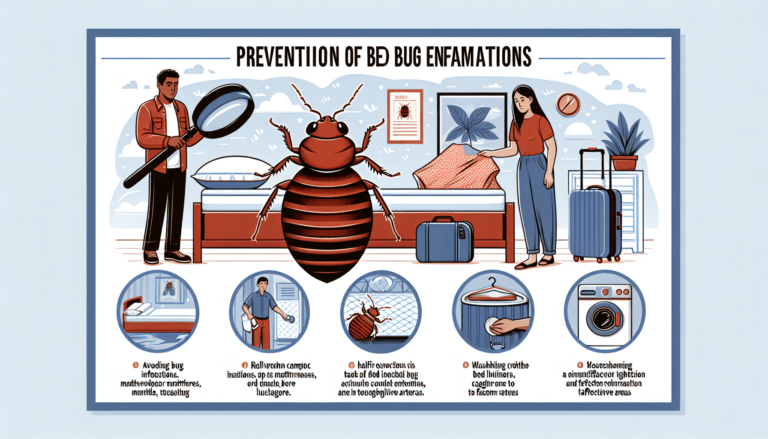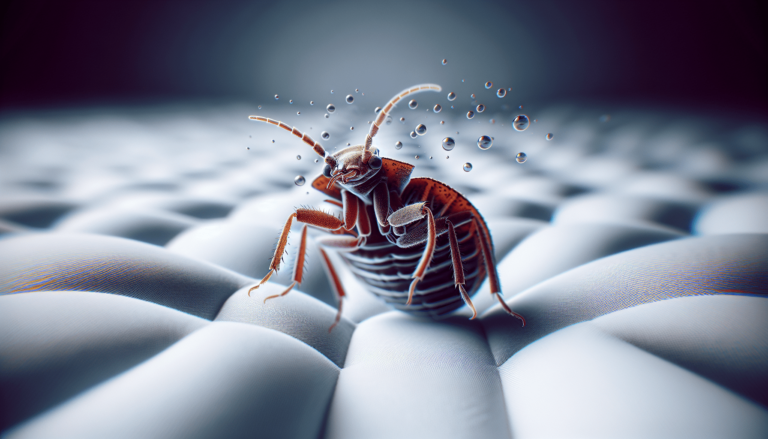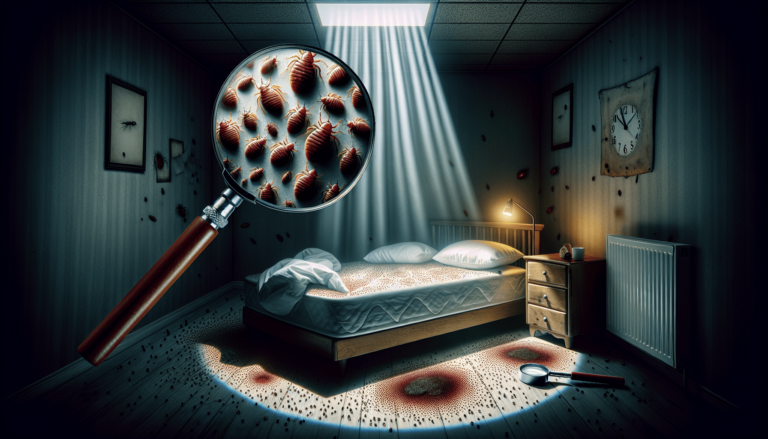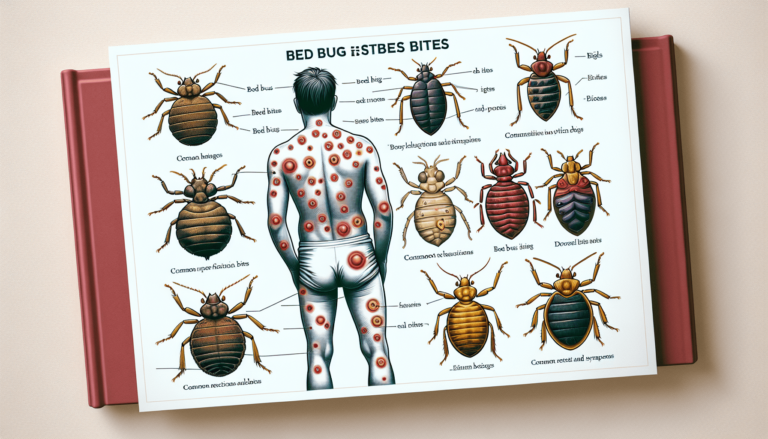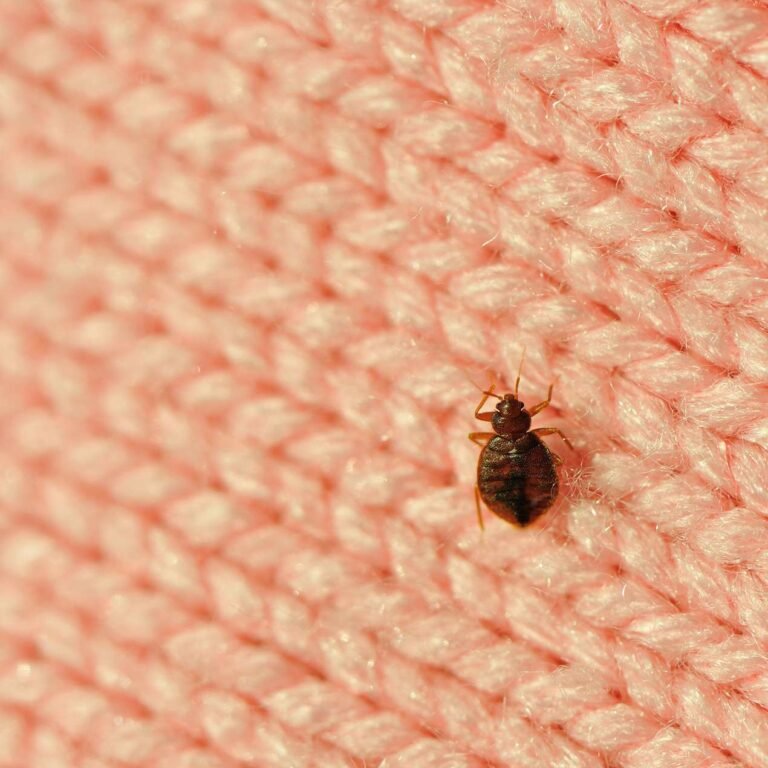What color are bed bugs?
As an expert in the field with a lifetime of experience, it is my pleasure to provide you with valuable information on the subject of bed bugs. In this article, we will explore the question that many people have been asking: “What color are bed bugs?” Bed bugs are small, parasitic insects that feed on the blood of humans and animals. They are notorious for their ability to hide in various places, making them difficult to detect. By delving into the depths of their appearance, habits, and infestation patterns, we will shed light on the specific coloration of these pesky creatures. This article aims to not only fulfill your curiosity but also equip you with the knowledge to identify and deal with these pests effectively. So, let us embark on this journey together and discover the true colors of bed bugs.
What are bed bugs?
Bed bugs are small parasitic insects that feed on the blood of humans and other mammals. They belong to the family Cimicidae and are members of the order Hemiptera. Bed bugs have been a nuisance to humans for centuries, with infestations occurring in various parts of the world. These pests are notoriously difficult to eliminate due to their rapid reproduction rate and resilience to many common pest control methods.
Identification of bed bugs
Identifying bed bugs can be crucial in determining whether or not you have an infestation. Adult bed bugs are flat, oval-shaped insects that are about the size of an apple seed. They have six legs and two antennae on their heads. These pests are typically brown in color, but their appearance can vary based on their lifecycle stage and recent feeding activity.
The lifecycle of bed bugs
Bed bugs go through a process called simple metamorphosis, which means they undergo three distinct lifecycle stages: egg, nymph, and adult. The female bed bug can lay hundreds of eggs in her lifetime, which are about 1mm in size and white in color. After hatching, the nymphs resemble smaller versions of adult bed bugs. They go through five molts before reaching adulthood, with each molt requiring a blood meal to facilitate growth.
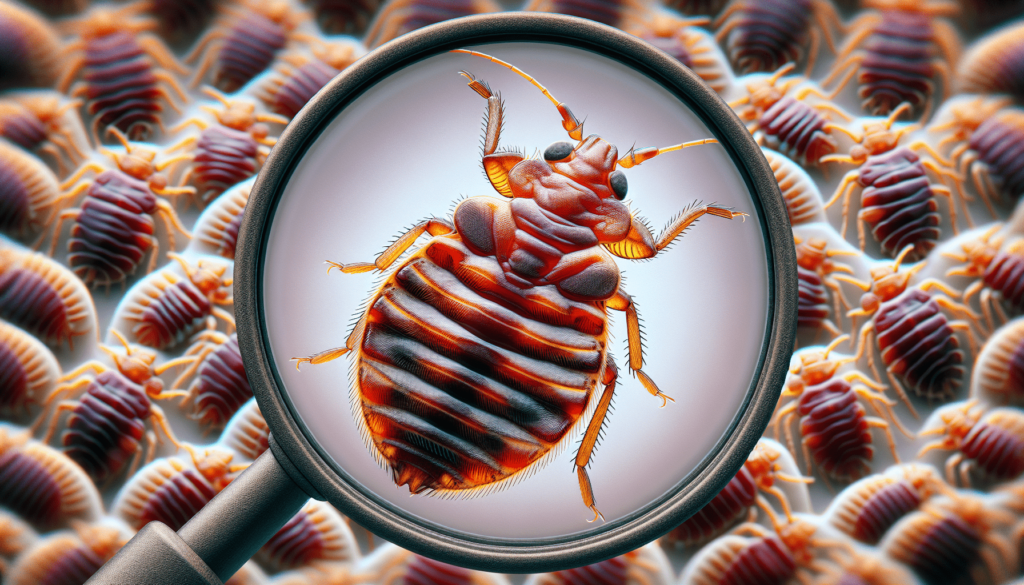
Habits and behavioral traits of bed bugs
Bed bugs are nocturnal creatures, preferring to feed on their host’s blood at night when they are most likely to be undisturbed. They are attracted to warmth and carbon dioxide, which is why they tend to infest areas near where people sleep. Bed bugs can hide in cracks and crevices, such as mattress seams, bed frames, and furniture. They can also crawl onto clothing and luggage, allowing them to spread from one location to another.
General description of a bed bug’s appearance
Size and shape of bed bugs
Adult bed bugs are small, measuring approximately 5-7 millimeters in length. They have a flat, oval shape, which allows them to squeeze into tight spaces. Their bodies are divided into three distinct segments: the head, thorax, and abdomen. The head of a bed bug is equipped with two compound eyes, a pair of antennae, and a proboscis for feeding.
Details on body parts and antennas
The body of a bed bug is covered in a hard exoskeleton, which serves as protection and support. This exoskeleton is brown in color and has a shiny appearance. The bed bug’s six legs are attached to the thorax and are used for crawling and gripping surfaces. The two antennae on the head of a bed bug are sensory organs that allow them to detect chemical signals, such as the presence of blood.
Coloring and variations of bed bugs over their lifecycle
Coloration of newly hatched bed bugs
When bed bug eggs hatch, the newly emerged nymphs are translucent and light in color. They appear whitish or yellowish until they have their first blood meal. As they feed and grow, their color gradually changes.
Color changes during growth stages
As bed bugs molt and progress through their five nymphal stages, their color deepens. They become browner and more similar in appearance to adult bed bugs. The exact shade of brown can vary between individuals, but it typically ranges from light brown to dark brown.
The effect of feeding on bed bug coloration
After feeding on a blood meal, bed bugs become engorged and their bodies swell. This can lead to a temporary reddening or darkening of their color due to the presence of ingested blood. The color change is more noticeable in bed bugs that have recently fed.

Implications of bed bug coloration
How color aids in bed bug concealment
Bed bug coloration plays a significant role in their ability to hide and remain undetected. Their brownish coloration allows them to blend in with various surfaces, such as bedding, furniture, and walls. This camouflage makes it challenging to spot them with the naked eye, especially in low-light conditions.
Distinguishing bed bugs from similar pests based on color
While bed bugs are primarily brown, there are other insects that may share a similar color. However, it’s crucial to note that bed bugs have unique characteristics, such as their flat bodies, distinctive shape, and behavioral patterns, that differentiate them from other pests. Proper identification by an experienced professional is necessary to confirm the presence of bed bugs.
Variations in bed bug color among different species
Comparing colors of different bed bug species
There are several species of bed bugs, but the most common one is Cimex lectularius. The coloration of bed bugs can vary slightly between species, but they typically share similar brown hues. Proper identification based on color alone may not accurately differentiate between species, as other factors (such as size and shape) are more reliable for species determination.
Color differences in male and female bed bugs
Male and female bed bugs generally have the same coloration, with variations occurring in size and the presence of external genitalia. However, these differences may not be easily visible to the naked eye, and microscopical examination is often required for accurate sex determination.
Myths and misconceptions about bed bug color
Debunking the myth of ‘white bed bugs’
Contrary to popular belief, bed bugs are not naturally white in color. The myth of ‘white bed bugs’ may stem from the translucent appearance of newly hatched nymphs before their first blood meal. Once they have fed and molted, their coloration changes to a brownish shade.
Can bed bugs change their color like chameleons?
Bed bugs do not possess the ability to change their coloration like chameleons. Their color is determined by their genetic makeup and environmental factors, such as feeding and molting. Any noticeable changes in color are temporary and often related to feeding activity.
Why it’s important to correctly identify bed bug color
Role of coloration in bed bug detection
Correctly identifying the coloration of bed bugs can aid in their detection and early intervention. By knowing what to look for and where to find them, individuals can take appropriate actions to mitigate the spread and eliminate infestations promptly.
Preventing infestations by recognizing bed bug color
Understanding the coloration of bed bugs can help individuals identify potential infestations before they become widespread. Recognizing the presence of bed bugs early allows for timely intervention measures to prevent the infestation from spreading and causing further discomfort.
Methods for accurately identifying bed bug color
Tools and techniques for observing bed bug color
Accurately identifying the coloration of bed bugs may require the use of magnification tools, such as magnifying lenses or microscopes. These tools allow for a closer examination of the insect’s body, enabling better color differentiation and identification.
Professional pest control consultations
In cases where accurate identification is critical, seeking the assistance of professional pest control experts is recommended. These professionals have the knowledge and experience to accurately identify bed bugs based on various factors, including color, shape, and behavior.
Relationship between bed bug color and public health risks
Is there any link between bed bug color and disease transmission?
While bed bugs are known to be a public health nuisance, there is currently no evidence to suggest a direct link between their color and disease transmission. However, their bites can cause skin irritation, allergic reactions, and psychological distress, emphasizing the importance of effective control measures.
The psychological effects of having a bed bug infestation
Bed bug infestations can have significant psychological effects on individuals and households. The fear, anxiety, and lack of sleep caused by these pests can lead to emotional distress, stress-related disorders, and a decrease in overall well-being. Early detection and intervention are crucial in alleviating the psychological burden associated with bed bug infestations.
Quiz: Test your knowledge on bed bug color
Question 1: What color are newly hatched bed bugs before they feed?
Question 2: Can bed bugs change their color like chameleons?
Question 3: What role does coloration play in bed bug detection?
Question 4: How can professionals accurately identify bed bug color?
Question 5: Is there a link between bed bug color and disease transmission?
In conclusion, bed bugs are small parasitic insects that can cause immense distress and frustration for individuals and households. Identifying their coloration is an essential step in detecting and managing infestations. While their general color is brown, variations occur throughout their lifecycle, influenced by factors such as feeding activity and species. However, it’s crucial to rely on professionals for accurate identification, as color alone may not be sufficient to differentiate bed bugs from other pests. By understanding the implications of bed bug color and the importance of early detection, individuals can take proactive measures to prevent and control infestations.

